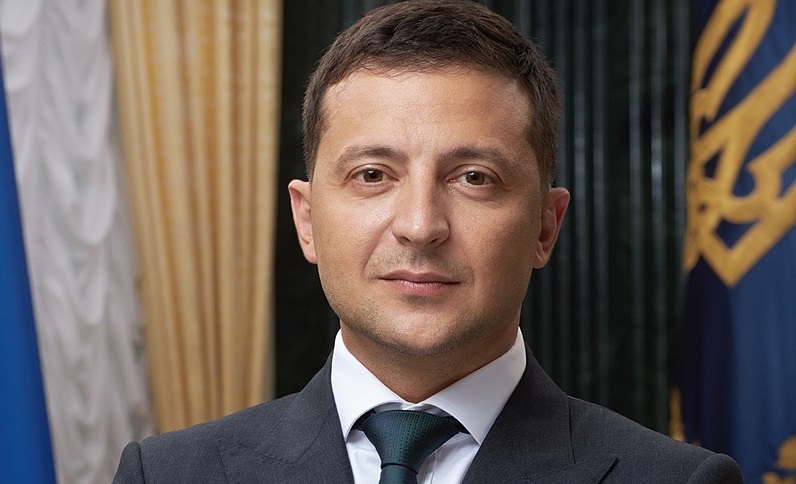
Ukraine Flags Use of Indian Components in Russian Drones
Ukraine has informed India and the European Union that electronic parts made or assembled in India were found inside drones used by Russian forces. The drones, identified as Shahed-136 models, have been used in several strikes across Ukrainian territory in recent months. The discovery was made during forensic investigations of downed drones.
What Was Found
Investigators found key electronic components such as a bridge rectifier and a signal generator chip inside the drone’s circuit boards. The bridge rectifier was assembled in India by a global electronics firm, while the chip was manufactured by an Indian semiconductor company. These components are categorized as dual-use, meaning they can be used in both civilian and military technologies.
Ukraine Raises Diplomatic Concern
Ukrainian authorities raised the issue with Indian officials during recent diplomatic discussions, expressing concern that parts originating from India are ending up in military hardware used in conflict zones. They also brought up the matter with European representatives, urging tighter control over exports of sensitive technologies.
India’s Response and Legal Stand
India has maintained that its exports comply with all domestic and international regulations. Government officials noted that dual-use components are widely traded and may be resold or re-exported to unintended end-users without the original exporter’s knowledge. No violations of Indian law have been found in the companies identified so far.
Compliance Under Review
In response to the developments, inspections are being carried out at factories involved in the manufacturing of these components. Companies named in the report have either initiated internal reviews or maintained that they follow strict supply chain compliance.
Global Concern on Dual-Use Exports
The incident has renewed global focus on the complexities of regulating dual-use exports. As drones and other weapons increasingly rely on commercially available electronics, enforcing end-use restrictions remains a major challenge. Experts believe that incidents like these could push governments toward more rigorous export tracking systems in the future.


















